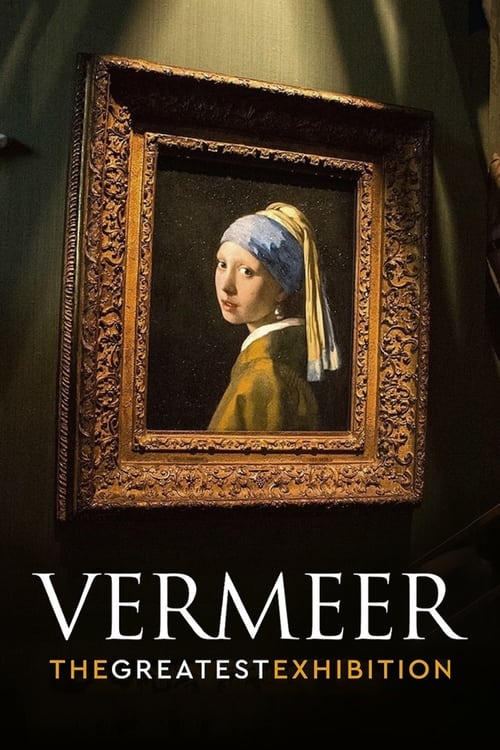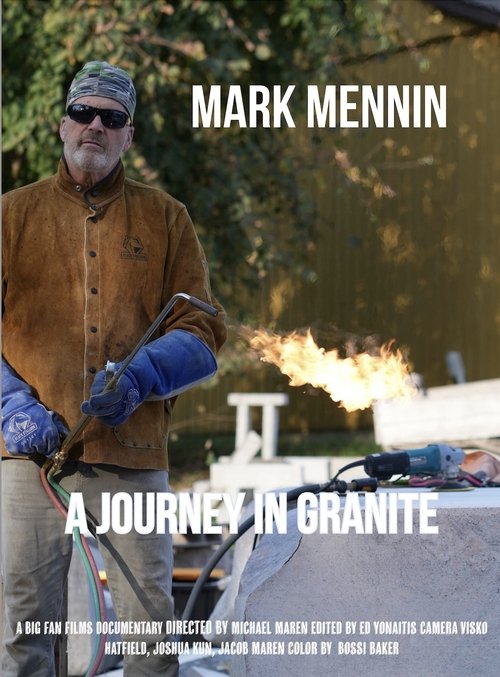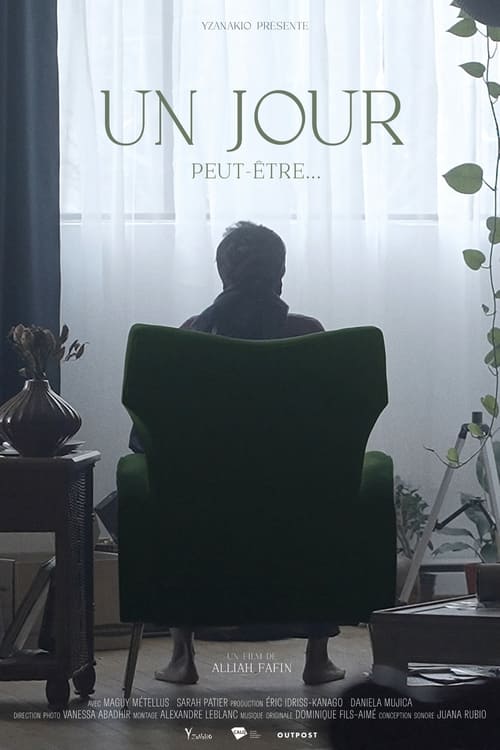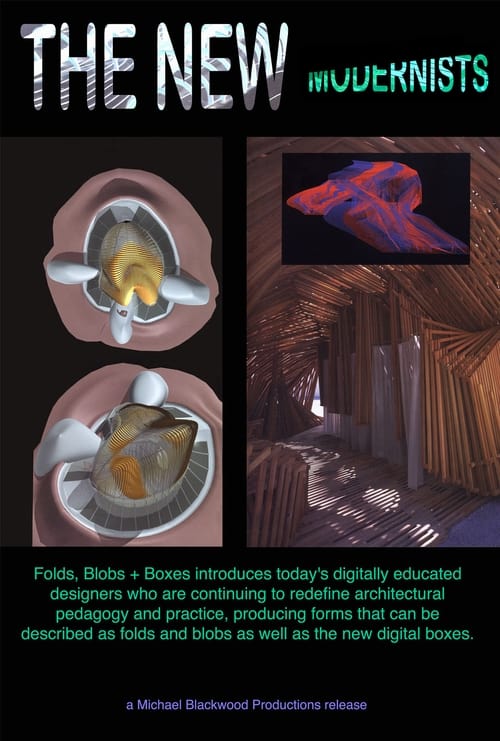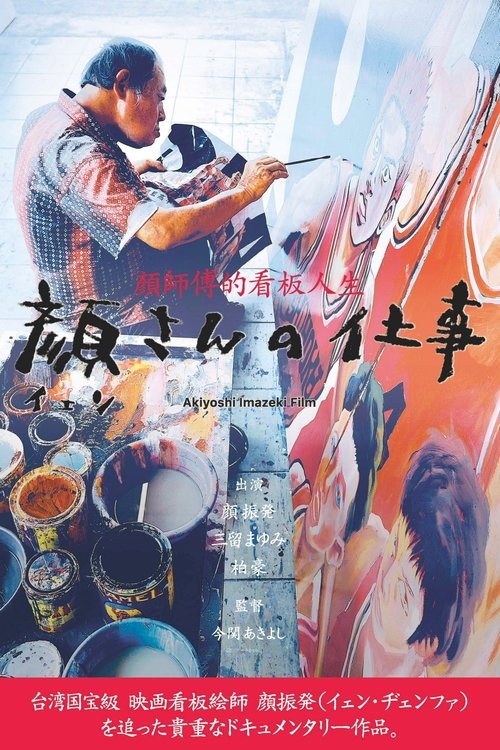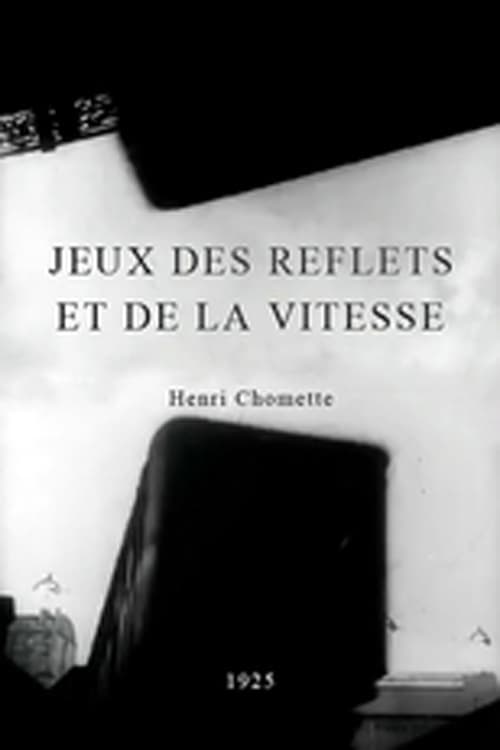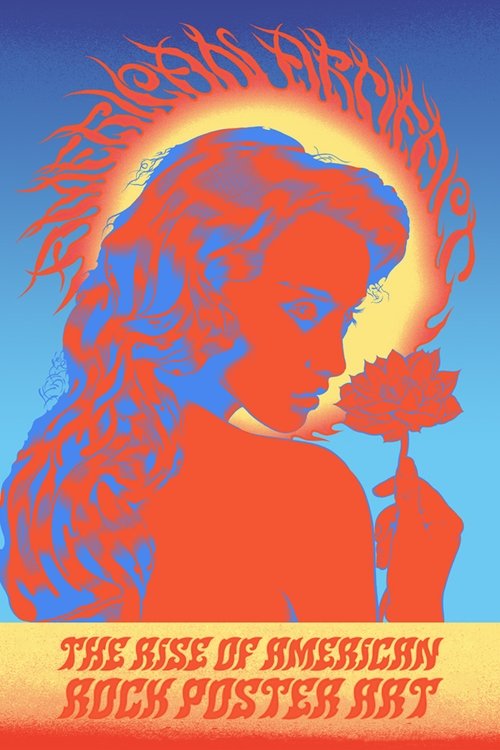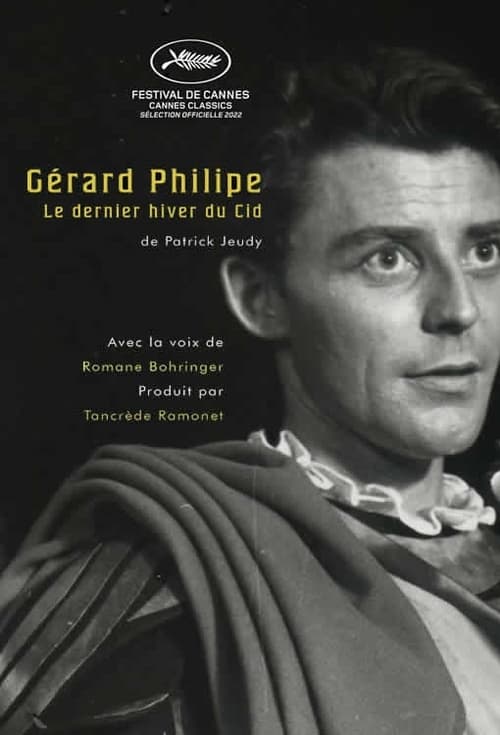Kehinde Wiley: An Economy of Grace
Known for his vibrant reinterpretations of classical portraits featuring African-American men, New York-based painter Kehinde Wiley has turned the practice of portraiture on its head and in the process has taken the art world by storm.
Cast

Kehinde Wiley
as Self

Riccardo Tisci
as Self
